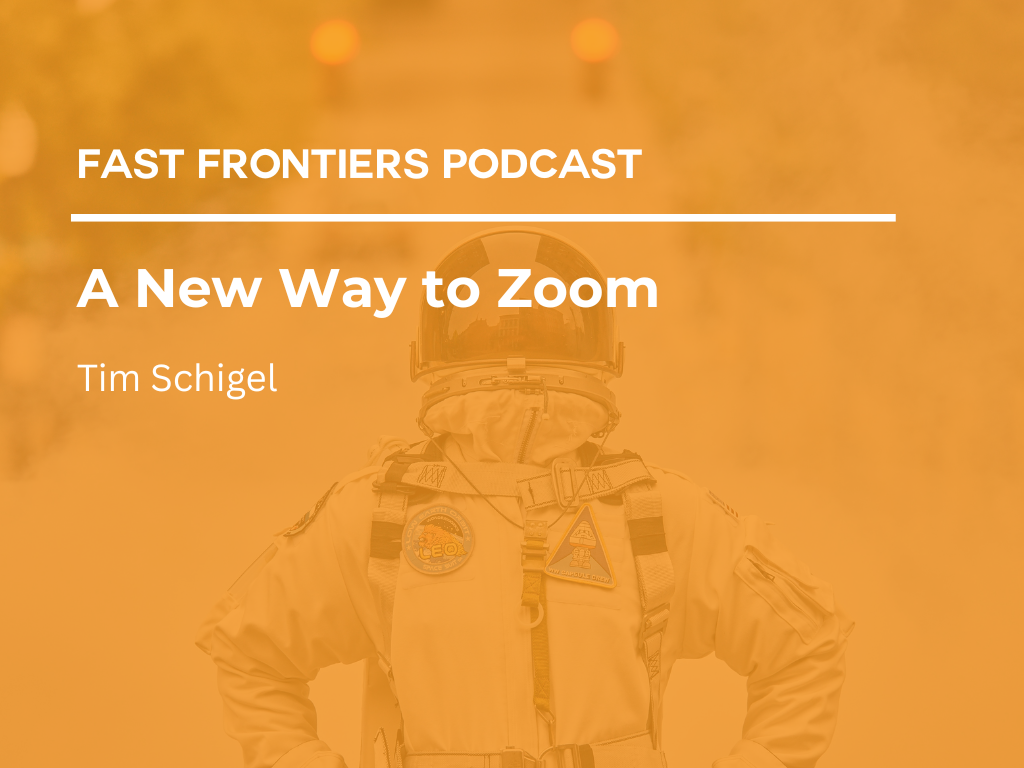Odds are, in this wild year of 2020, you have likely become—if you weren’t before—familiar with Zoom conferencing. With remote working on the rise and becoming a necessity for the vast majority, we often hear about Zoom fatigue. But I want to look at the positive, particularly how you can use Zoom in a new way to coach people. In this article, we’ll explore the endless opportunities Zoom has presented and opens up for us all, especially coaches like myself.
I recently read a book called The Trillion Dollar Coach, about Bill Campbell, who coached Steve Jobs and Eric Schmidt at Google. In the book, Campbell spoke of how being in the room physically revolutionized his ability to coach. I get this and agree with it wholeheartedly, and now with Zoom, you can go “one better”: you don’t even have to be in the room, which has an added benefit because you’re not directly impacting the experiment.
In essence, as a coach, you’re a true fly on the wall, as opposed to being a direct part of the dynamics in the room. You’re an eagle-eyed observer. And now, with Zoom, coaches can observe meetings, then view the recordings (together and alone) to gain insight for further improvement, instruction, and stellar coaching.
I’ll give you an example from a company that I’ve been working with. It was a huge Aha! moment for me—and them—on how Zoom could elevate the whole coaching process for me and the company (their performance). The company had a critical series of inventor pitches over 2 weeks, the first of which was was an investor that I introduced and knew well.
They recorded the meeting so that they could provide the recording to the board, and I was also able to take watch it later to help them improve. They came away from this first meeting discouraged, thinking they didn’t do that well.
I knew they had more meetings the next day with some big names, so I figured I’d watch , point out and address any problem areas or needs for improvement, and help them get ready to shine.
As I watched the meeting, several things stuck out to me that I could help them remedy immediately. These are specific things, and simply asking the CEO how it went and receiving a bullet-point list (from their perspective, I might add) would never have given me the same insight.
As a current investor, when I hear our CEOs are going out and pitching investors, it’s tough for me to know how they did because they can give me their side of the story, but I don’t know the exact details. They could think they did great and assert, “Oh, I pitched those investors, and I killed it!” when the reality is that the investors weren’t that impressed, or even engaged, throughout the entire meeting.
It’s like the game of telephone. You’re losing some of the most important details. It’s hard to see when you’re in it, but by looking at footage as a third party observer, you can delve into that and allow them to look (again) through your eyes and better evaluate what really went down.
A few of these aforementioned things that I was able to pinpoint and address from footage included:
· voice inflection to gauge the excitement and urgency in her voice (and how that will come off to investors on first impression),
· order of succession and context surrounding how and when materials/graphs were presented, and
· the investors’ reactions to the pitch together.
The first question was specific about historical growth. I could see the investor was listening but not taking any notes. Not a great sign, in general, as it says to me (non-verbally): “I’m not hearing the answer to my question”
After a long, rambling response, the investor also immediately followed up with the initial question (not related, and from watching the video, I saw it was the second time mentioning this): “So what were the numbers the last couple of quarters?” Clearly, he is a numbers man, as most investors are, and that had to be addressed before he would hear anthying else or dif deeper. He was qualifying the company.
Here again, is why this footage is so vital: nothing “speaks” louder than a person’s body language. It is a goldmine for coaching. You can see how the company’s pitch is being received (or not) by the investor. You can also use it to walk the person you’re coaching through any missteps and role-play or brainstorm about how they could have (in that situation or one similar in the future) played the scenario better for ultimate success.
After reviewing the footage and going back and using it to coach this CEO, they were able to immediately and effectively fix those things. Another reason Zoom is impressive: I was able to have a coaching session that day—worked into each of our schedules (basically immediately) since we could do it remotely.
In the end, this CEO gained newfound confidence (and a gameplan/tools) thanks to our Zoom coaching session. Plus, they knocked it out of the park. The best part is, thanks to recordings, I got to watch other Zoom sessions and was able to go through it and see where our new game plan and improvements made the deal. Literally, five to ten minutes in, those investors were ready to write a cheque. The CEO and I could see together—the body language changed; they were leaning in, hanging on every word.
It’s hard to beat the visual and real-time sensory experience of coaching that is more convenient in these times and unmatched in gaining all-access and giving an all-encompassing experience to each client. You can address, improve, and coach them on such a wide variety of levels, which far exceeds traditional, face-to-face, one-on-one coaching sessions in an office.



